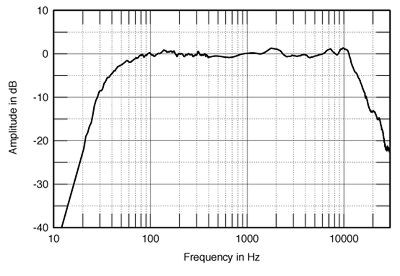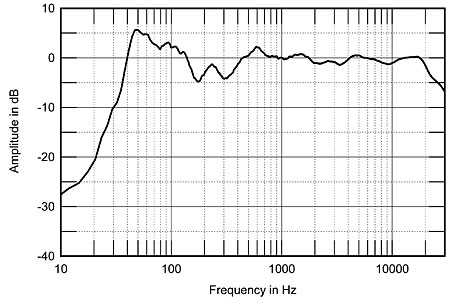la risposta in frequenza
Da Wikipedia, l'enciclopedia libera.
La risposta in frequenza è un potente strumento per
caratterizzare il comportamento di un sistema
(mechanical, electrical, optical, etc..) Linear
subjected to stresses varying in time.
The basic concept is to establish what is the
relationship between input and output of the system, when the
applied stress and the response (output) are
variables over time. Since any input signal
journal can be decomposed into a series of sine waves of different frequencies
, if you know all the answers
at different frequencies in amplitude and phase,
is possible to reconstruct the output signal without
perform specific calculations for each of the countless types of waveforms
input.
------------------
Add simplifying ..
In other words .. the musical signal and '
infinitely variable, but as you do with the digital conversion
is reconstructed by combining many different
sinusoids of varying amplitude and frequency. So this key feature in
various frequencies, from 20 to 20,000 Hz. Must be treated with absolutely
homogeneity '
--------------- ----------------------------------
In 12 pages found graphs
Chario , bose, klipsch, triangle, b & w, usher, Audes, energy, wilson, jbl, athena, mirage, thiel, dynaudio, jmlabs, polk, psb, revel, pmc, kef, mordaunt short, sonus faber, wilson , energy, monitor audio, indiana, arrow, burmester, psb, snell, avantgarde, proac, focal, magneplanar, grundig, allison, seas, spendor , jamo, avalon,willson, vienna,
 
http://soundberry.forumcommunity.net/?t=10503258&st=165#lastpost
--------------------------------
 
example:
 
by soundstage:
On-axis frequency response - Measured directly in front of the speaker face (2 or 3 meters).
Purpose: Shows the forward-firing output of the loudspeaker across the audible frequency spectrum.
What it tells you: In comparison to the 15 degree and 30 degree measurements we do, this measurement should be the flattest ( la linearita' su cui insisto) and have the widest bandwidth . Bandwidth refers to the upper (highs) and lower (bass) frequencies that the loudspeaker under test will reproduce. Most good speakers today will extend easily to 20kHz and beyond, although bass performance will vary widely. Full-range is considered 20Hz to 20kHz, but only the largest loudspeakers can approach 20Hz and even some very large speakers will not be "flat" at 20Hz. Many subwoofers cannot reproduce 20Hz at the same sound pressure level as they reproduce 50Hz. One should recognize that since these measurements are performed in anechoic chamber, they will generally show less bass than what you can expect in a real room (vedi studi di Allison:incrementi in casa nei bassi daa 6 a 9 db).
Although all frequency response measurements will have some bumps, in general, good speakers will have a smooth and even response within its bandwidth without many severe dips or bumps . Dips indicated less output at that frequency while bumps indicate more. The audible result of the dips and bumps in the response curve will depend on the frequencies where they occur. A bump May in the upper bass make the speaker sound boomy . A dip in the midrange can make the speaker sound recessed
A bump in the upper bass May make the speaker sound boomy: this refers to the exaltation to 100hz. Unfortunately
then in the tests then you do not put out a sufficiency because this is serious, but it flies ..

end image.
Under a wrong image, not enough linear:

terrible by 30 to 500 Hz ... But this is true today in standard NO HIFI